Galactic Civilizations III Crusade Review: Every Citizen Is Important
Feed the 4X beast with the next evolution in GalCiv 3.
This article first appeared on USgamer, a partner publication of VG247. Some content, such as this article, has been migrated to VG247 for posterity after USgamer's closure - but it has not been edited or further vetted by the VG247 team.
Two years ago, Stardock established a new foundation for its 4X franchise with Galactic Civilizations III. The game was a clear technology update over the excellent GalCiv 2, but in the process it left some features behind. As I noted in my review, government and espionage options weren't there, games could stretch on with later turns taking forever, and there were a host of general bugs that brought down the experience.

Crusade is the first full expansion for Galactic Civilizations III and stands as a chance add some new features to the game, beyond a number of bug fixes and quality-of-life changes.
The most impressive change isn't really a new feature that changes how the game is played. Instead, it's a tech change that improves the overall experience. Many 4X games have a significant problem in late-game, with each turn taking longer and longer once your choices have been made. The issue is because the CPU has more in-game resources to handle and more decisions to make, leading to a late game where you can stop to check Twitter or Facebook while the AI decides what its doing.
Stardock made the move to 64-bit with Galactic Civilizations III and Crusade moves the game towards what the studio calls "core-neutral AI". Probably as a result of their multi-core CPU efforts on Ashes of the Singularity, GalCiv 3 now uses every CPU core for decision-making. This means that better CPUs will see a huge cut in the length between late-game turns, something I noticed in the few games I played. This is especially helpful given that a recent update added the Ludicrous size option to GalCiv 3, which doubles the galaxy size beyond the previous maximum. Good one on Stardock for addressing a consistent 4X problem.

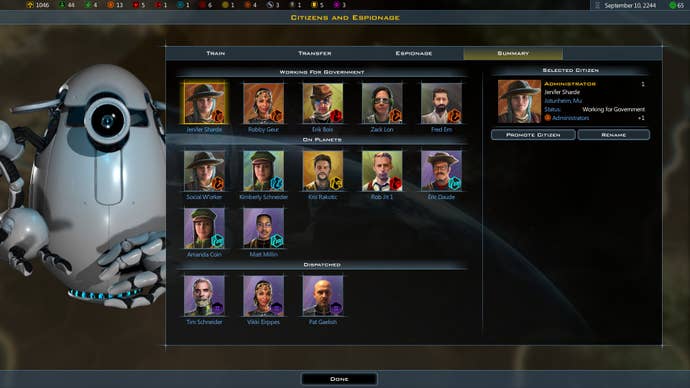
The most-impactful new feature added to GalCiv 3 with Crusade is the Citizens system. Every certain number of turns, a citizen will rise from the formless masses to become an important part of your empire. Depending on which technologies you've researched, you can assign that citizen to different roles: General, Commander, Scientist, Engineer, Pioneer, Diplomat, Celebrity and more. Once assigned, these citizens can provide empire-wide bonuses in their personal category, or they can be assigned to specific planets as a boost.
For example, in my first major game with Crusade, I was playing a peaceful game of expansion based largely on influencing nearby planets to join me. Every time a citizen popped up, I would turn them into a Diplomat and assign them to my fringe planets, named Marketing and Propaganda. This would increase the Influence generation on those planets. Combined with my Influence-generating Star Bases and my area of influence was growing far faster than opposing civilizations.
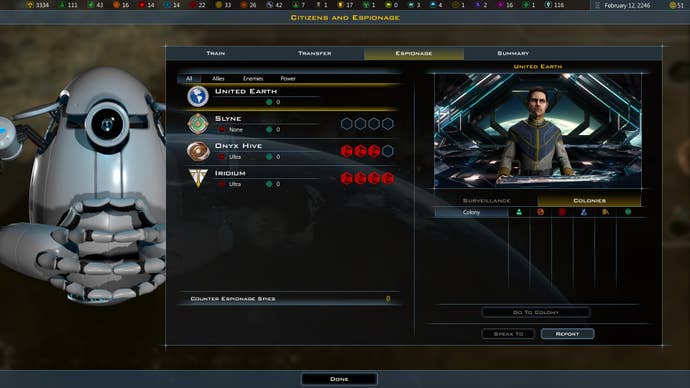
Basically, the consistent flow of Citizens allows you to tailor your empire or specific planets into different directions in the late game. Low on production? Make all future Citizens into Engineers. Having a morale problem? Install Celebrities on your low Morale planets. Administrators are needed to build Colony ships, survey ships, and Star Bases. Commanders can actually be turned into privateers, which are ships that can be used to attack other civilizations, but are not tracked back to you. (That last one is such a great idea that I'm surprised I haven't run into it before.) If you don't need anything, keep your Citizens untrained, waiting for the eve of the apocalypse. You can also turn Citizens into Spies. That's right, Espionage is back, baby!
This was one of the features that I was missing the first time around, so I'm glad to see spycraft returning. You can assign spies directly to another civilization to slowly steal their technologies. Alternatively, you can send them to worlds to sabotage specific improvements or lower morale. You can also use them to kill enemy Citizens, which is an awesome use of Spies and feeds into the alien James Bond dreams I have.

Planetary invasions have also seen an overhaul. Transports now ferry legions to planets in order to enact a ground invasion. These transport ships can be reused now, getting rid of some of the tedium. Once on the ground, your legions have to destroy any garrisons and take over the capitol city. This means your legions can make a slow march across any improvements that might be on a planet. This is countered by planetary defenses, enemy legions, and Resistance, which determines how much the local civilians will revolt against you.
The change makes invasions a bit more interactive, but it also means a failed invasion is still worthwhile. The name of the game is strategy, so it's another great strategic option: hit your enemy's best planet and cripple it. The trade-off is far more micro-managing when it comes to invading multiple planets at the same time.
There's also a host of quality-of-life changes, big and small. Star Bases can now build modules on their own, as long as you have the resources available to you. The civilization trading window now has a bar to show you how close you are to making a deal with another race. This does highlight a bug (or feature?) where a civilization won't value an item the same way if you remove it and add it back to the deal queue. Generally, AI trades are more logical based on their traits, though I still ran into the occasional odd trade.

The ship designer got another look as well, but honestly, it's still a bit too complex for me. The auto-designer can simply churn out ugly, but efficient ships for you, but if you want to make great designs, you have to dive into these screens full of tiny, fiddly parts. Luckily, you can pull ships from Steam Workshop if you don't have the patience to make cool-looking and useful vessels.
Stardock added three new civilizations to the mix: the Terran Resistance, the Slyne, and the Onyx Hive. Alongside these additions, there's a new system where civilizations are classified as carbon, silicon, or synthetic life. The races don't feel as wildly varied in playstyle as the recent Endless Space 2, but there's still great differences overall. You can also use the Civilization Builder to craft your own civilizations. Select from a ton of different options, giving them unique abilities and looks. (You can upload your own images.) Like the ships, these can be uploaded to Steam Workshop for others to download.
Crusade is a great expansion to Galactic Civilizations III. The new features make for a deeper, more rewarding experience and the quality-of-life changes have sanded off many of the rough edges of the launch game. It's a clear evolution of what Stardock established with the 2015 release and I applaud developers willing to change their games for the better this far out from launch. If you're looking to quench your 4X hunger, Crusade makes Galactic Civilizations III one of the more robust, high-quality offerings out there.
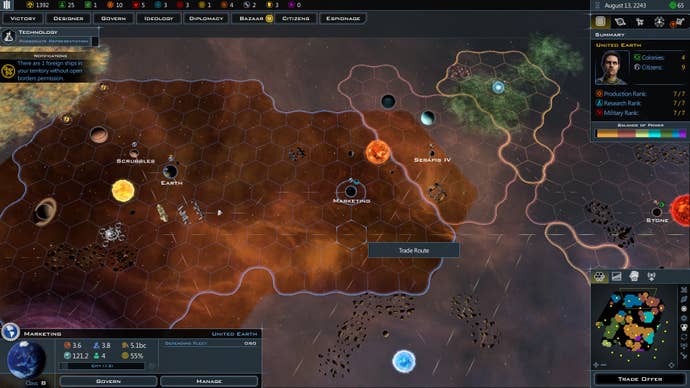
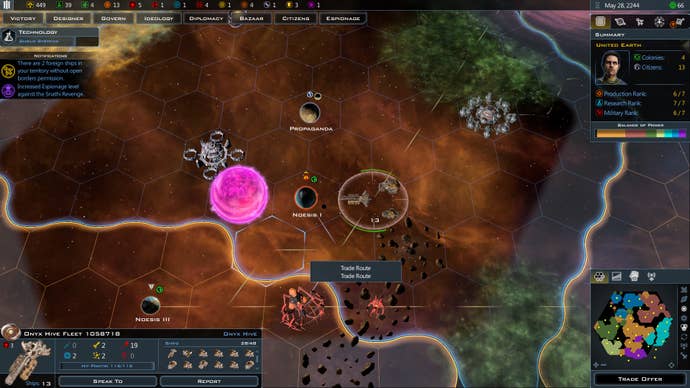
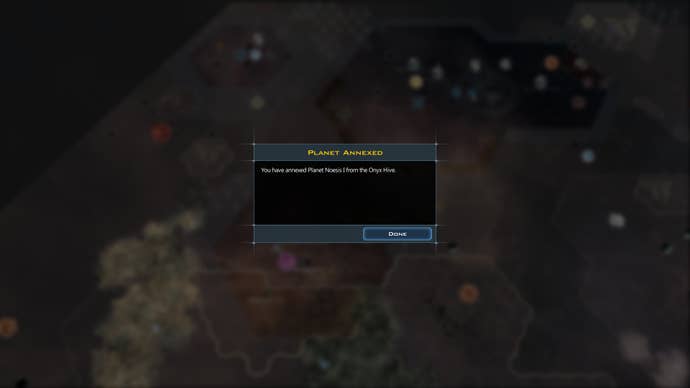
ConclusionCrusade is everything that an expansion should be. It takes Galactic Civilizations III, sands off the rough edges, and adds new options for a deeper, more strategic experience. The new Citizens system offers more late-game options, espionage returns, planetary invasions are more tactical, and alongside the three new races, there's a new Civilization Builder letting you craft your own. If you're a GalCiv fan, it's an instant pick-up. If you're not, this might be the time to pick it up.

